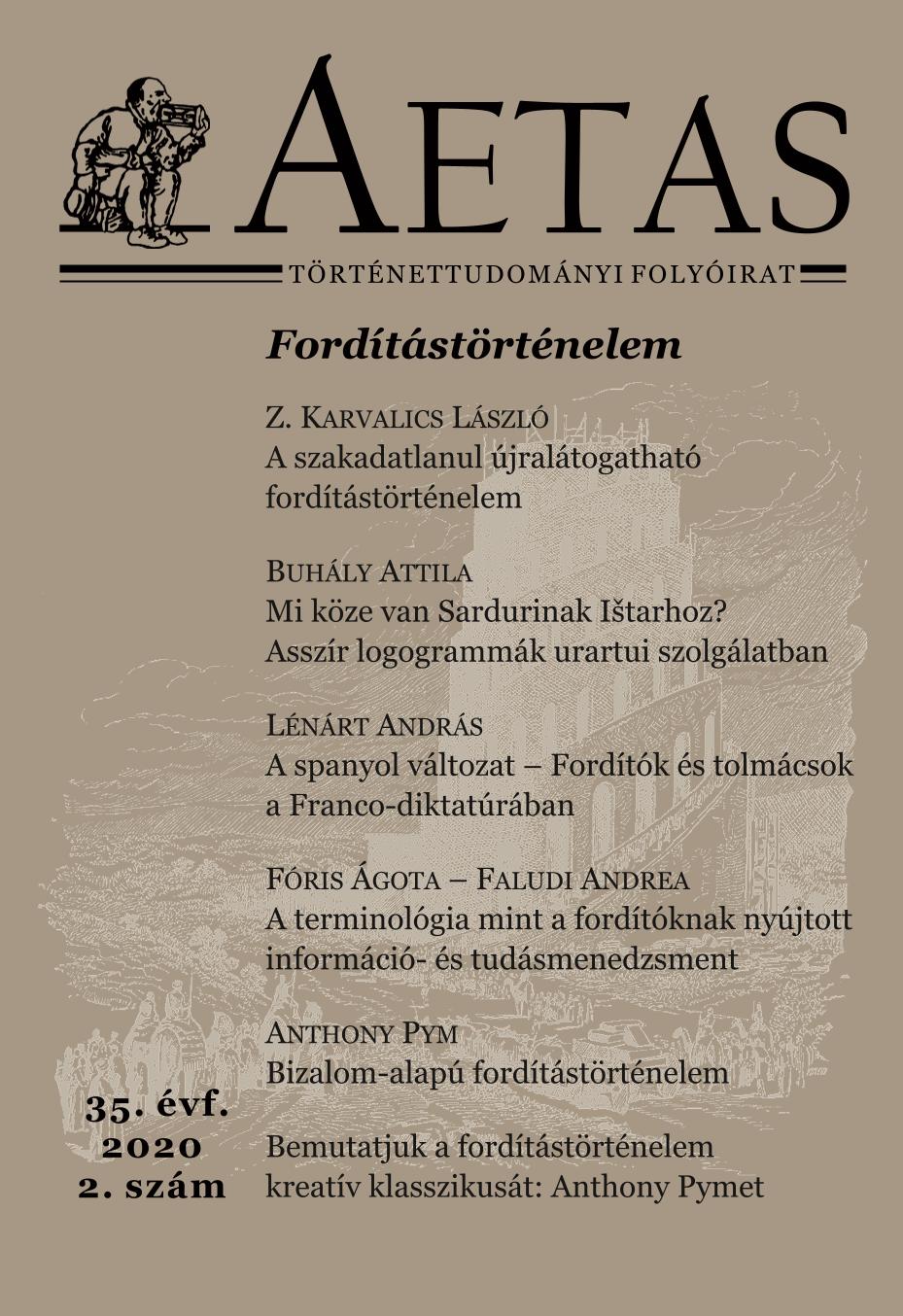Az 1272. évi székesfehérvári „palotaforradalom”
The “Palace Revolution” of 1272 in Székesfehérvár
Author(s): Tamás KádárSubject(s): 13th to 14th Centuries
Published by: AETAS Könyv- és Lapkiadó Egyesület
Summary/Abstract: Around the turn of August and September 1272, probably a few days or weeks before the coronation of King Ladislas IV, a group of Hungarian aristocrats launched an armed attack near Székesfehérvár against the manor house of Queen Elizabeth, the widow of King Stephen V. Their attempt was unsuccessful, but the incident, beyond highlighting the deep internal divisions of the baronial elite, had important consequences. The leaders of the attack have long been identified as Egyed and Gregory of the kindred Monoszló, however, opinions are divided concerning the background, motive and purpose of the attack. Based on contemporary German sources among others it was suggested that the violent deposition of King Ladislas IV aimed at the ascension of his cousin, Duke Béla of Macsó to the throne. This is highly unlikely in our opinion, and it is not clear from the precise interpretation of the sources that Egyed and Gergely had such intentions. Far more plausible is the explanation that the purpose of the "palace revolution" was to oust the heir to the throne, Joakim of the kindred Gut-Keled, who was kidnapped in Slavonia that summer, and his allies, and possibly to punish and execute them, as well as taking over the government by obtaining control over the Queen Mother and King Ladislas IV. In addition to the above issue, we also examine whether there are any traces – in extant medieval sources – of the rumors mostly appearing in literature that Elisabeth and Joakim maintained an adulterous affair around 1272.
Journal: AETAS - Történettudományi folyóirat
- Issue Year: 2020
- Issue No: 2
- Page Range: 49-65
- Page Count: 17
- Language: Hungarian

